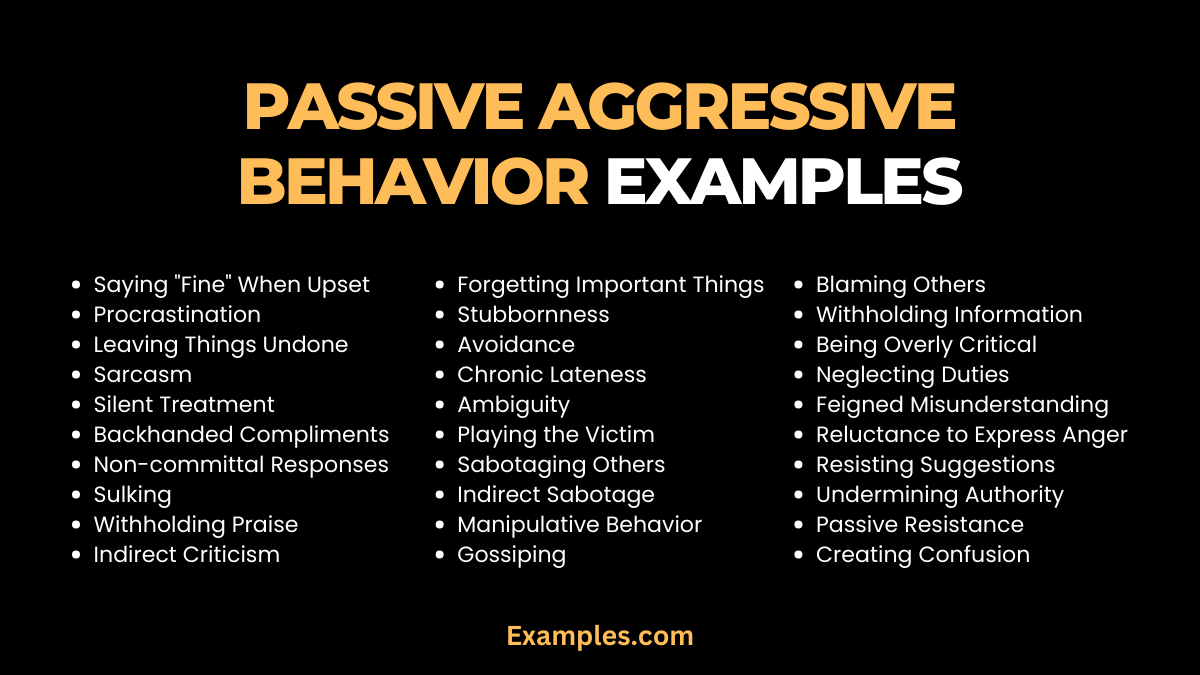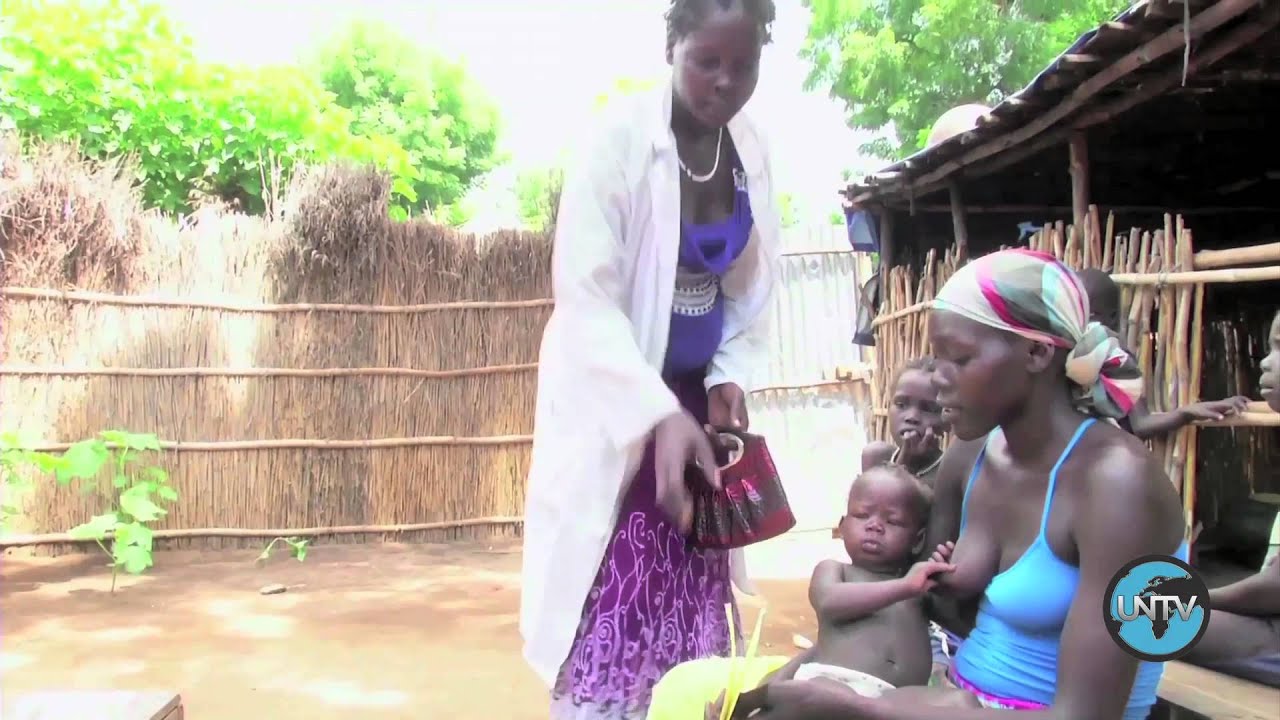Love Monster: A Parent's Guide To Understanding And Managing Aggressive Behavior In Children

Table of Contents
Understanding the Roots of Aggressive Behavior in Children
Understanding why a child displays aggression is the first step towards effective management. Several factors contribute to this challenging behavior.
Developmental Stages and Aggression
Aggression manifests differently depending on a child's age and developmental stage.
- Toddlers (1-3 years): Limited language skills often lead to physical aggression like hitting, biting, and pushing as their primary means of expressing frustration or wanting something. This is largely developmental and requires patience and consistent redirection.
- Preschoolers (3-5 years): As language skills improve, aggression may become more symbolic, including threats, name-calling, and teasing. They're beginning to understand social dynamics but may struggle to regulate their emotions effectively.
- School-aged children (6-12 years): Aggression can escalate to more complex forms, such as bullying, fighting, and property destruction. Social dynamics become increasingly significant, and peer pressure can play a role. Understanding social cues and conflict resolution becomes crucial at this age.
Identifying Triggers and Patterns
Careful observation is key to pinpointing the triggers that precede aggressive behavior. Keep a detailed record to identify patterns.
- Keep a journal: Note the time, location, specific events, the child's emotional state before, during, and after the aggressive act, and any other relevant details. For example, note if aggression is linked to specific people, activities, times of day, or environmental factors.
- Identify patterns: Look for recurring themes. Is aggression consistently triggered by hunger, fatigue, sensory overload (loud noises, bright lights), specific situations (transitions, bedtime), or interactions with certain people? Recognizing these patterns allows you to proactively address potential triggers.
Underlying Emotional and Psychological Factors
Sometimes, aggression stems from underlying emotional or psychological issues.
- Consult a professional: If you suspect anxiety, depression, Attention-Deficit/Hyperactivity Disorder (ADHD), trauma, learning difficulties, or other underlying conditions, seek guidance from a pediatrician, child psychologist, or therapist specializing in child behavior. Early intervention is crucial.
- Early intervention is key: Addressing underlying issues promptly can significantly improve outcomes and prevent the behavior from becoming entrenched. A professional can provide a proper diagnosis and recommend appropriate interventions.
Effective Strategies for Managing Aggressive Behavior in Children
Managing aggressive behavior effectively involves a combination of proactive strategies and responsive techniques.
Positive Discipline Techniques
Focus on preventing aggressive behavior before it happens.
- Positive reinforcement: Reward positive behavior with praise, attention, privileges, and small rewards. Catch your child being good!
- Clear expectations and rules: Establish consistent, age-appropriate rules and consequences. Ensure your child understands the expectations and the reasons behind them.
- Time-outs and calming techniques: Teach children healthy coping mechanisms like deep breathing exercises, counting to ten, or taking a break in a quiet space to calm down before reacting aggressively.
Responding to Aggressive Outbursts
When aggression occurs, respond calmly and consistently.
- Stay calm: Model appropriate behavior by remaining calm and controlled. Your reaction significantly influences the child's response.
- Remove the child from the situation: If necessary, gently remove the child from the triggering environment to a calm space to de-escalate the situation.
- Avoid physical punishment: Physical discipline is counterproductive and can escalate aggression. It damages the parent-child relationship and teaches violence as a solution. Instead, focus on teaching appropriate behavior.
Building Emotional Intelligence and Self-Regulation Skills
Equipping children with emotional intelligence and self-regulation skills is essential.
- Emotional literacy: Help your child identify and label their emotions. Use feeling charts or books to help them understand and express their feelings.
- Problem-solving skills: Teach them strategies to resolve conflicts peacefully, such as communication, compromise, and negotiation. Role-playing can be effective.
- Empathy and perspective-taking: Encourage them to consider others' feelings and perspectives.
Seeking Professional Help for Aggressive Behavior in Children
Sometimes, professional guidance is necessary to effectively manage aggressive behavior.
When to Seek Professional Guidance
Seek professional help if:
- Severe or frequent aggression: The behavior significantly impacts the child's life, family life, or the lives of others.
- Lack of progress with home strategies: Despite your efforts, the aggressive behavior persists or worsens.
- Suspicion of underlying issues: You suspect developmental delays, learning disabilities, or mental health concerns.
Types of Professionals to Consult
Several professionals can help address aggressive behavior in children:
- Child psychologists: Specialize in child development and behavior issues.
- Therapists: Offer various therapeutic approaches, such as cognitive-behavioral therapy (CBT) or play therapy.
- Pediatricians: Can provide initial assessments and referrals to specialists.
Finding the Right Help
Finding qualified professionals is crucial:
- Check credentials and experience: Ensure professionals are qualified and experienced in treating children with aggressive behavior.
- Consider therapy approaches: Different therapy methods may be more suitable depending on the child's needs and the underlying causes of the aggression.
Conclusion
Managing aggressive behavior in children requires understanding, patience, and a consistent approach. By understanding the root causes, employing positive discipline techniques, and seeking professional help when needed, parents can effectively address aggressive behavior and foster a more nurturing and peaceful environment for their children. Remember, early intervention is key. If you’re concerned about your child’s aggressive behavior, don't hesitate to seek professional support. Take the first step towards a calmer home life by learning more about managing aggressive behavior in children today.

Featured Posts
-
 From Underdogs To Champions A Comprehensive Look At Klopps Liverpool
May 21, 2025
From Underdogs To Champions A Comprehensive Look At Klopps Liverpool
May 21, 2025 -
 Revenirea Fratilor Tate In Romania Imagini Spectaculoase Din Centrul Bucurestiului
May 21, 2025
Revenirea Fratilor Tate In Romania Imagini Spectaculoase Din Centrul Bucurestiului
May 21, 2025 -
 Abn Amro Sterke Kwartaalcijfers Stuwen Aex Koers Omhoog
May 21, 2025
Abn Amro Sterke Kwartaalcijfers Stuwen Aex Koers Omhoog
May 21, 2025 -
 Rhea Ripley And Roxanne Perez Qualify For Wwe Money In The Bank
May 21, 2025
Rhea Ripley And Roxanne Perez Qualify For Wwe Money In The Bank
May 21, 2025 -
 Clean Energys Fight For Survival Challenges And Triumphs
May 21, 2025
Clean Energys Fight For Survival Challenges And Triumphs
May 21, 2025
